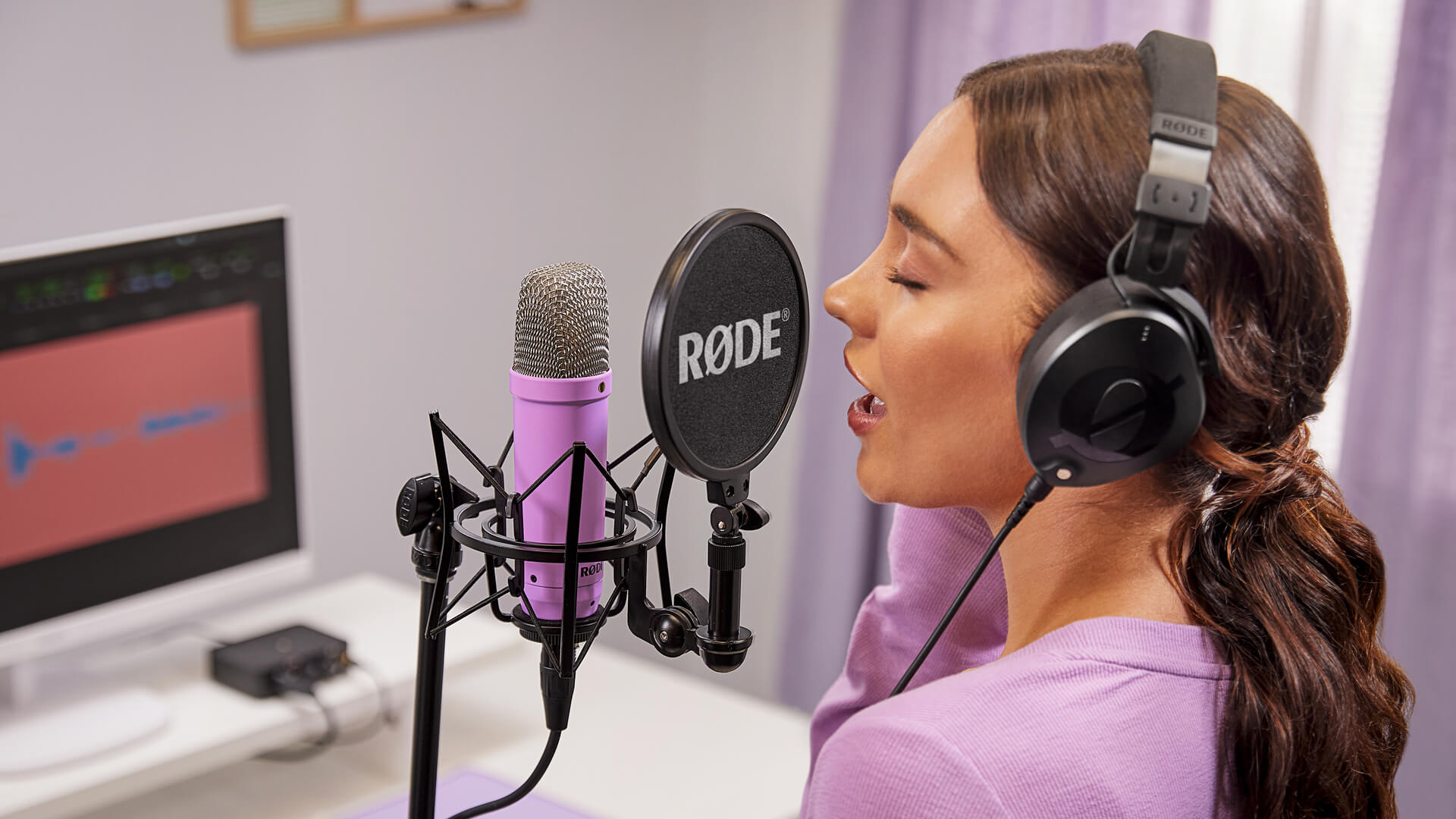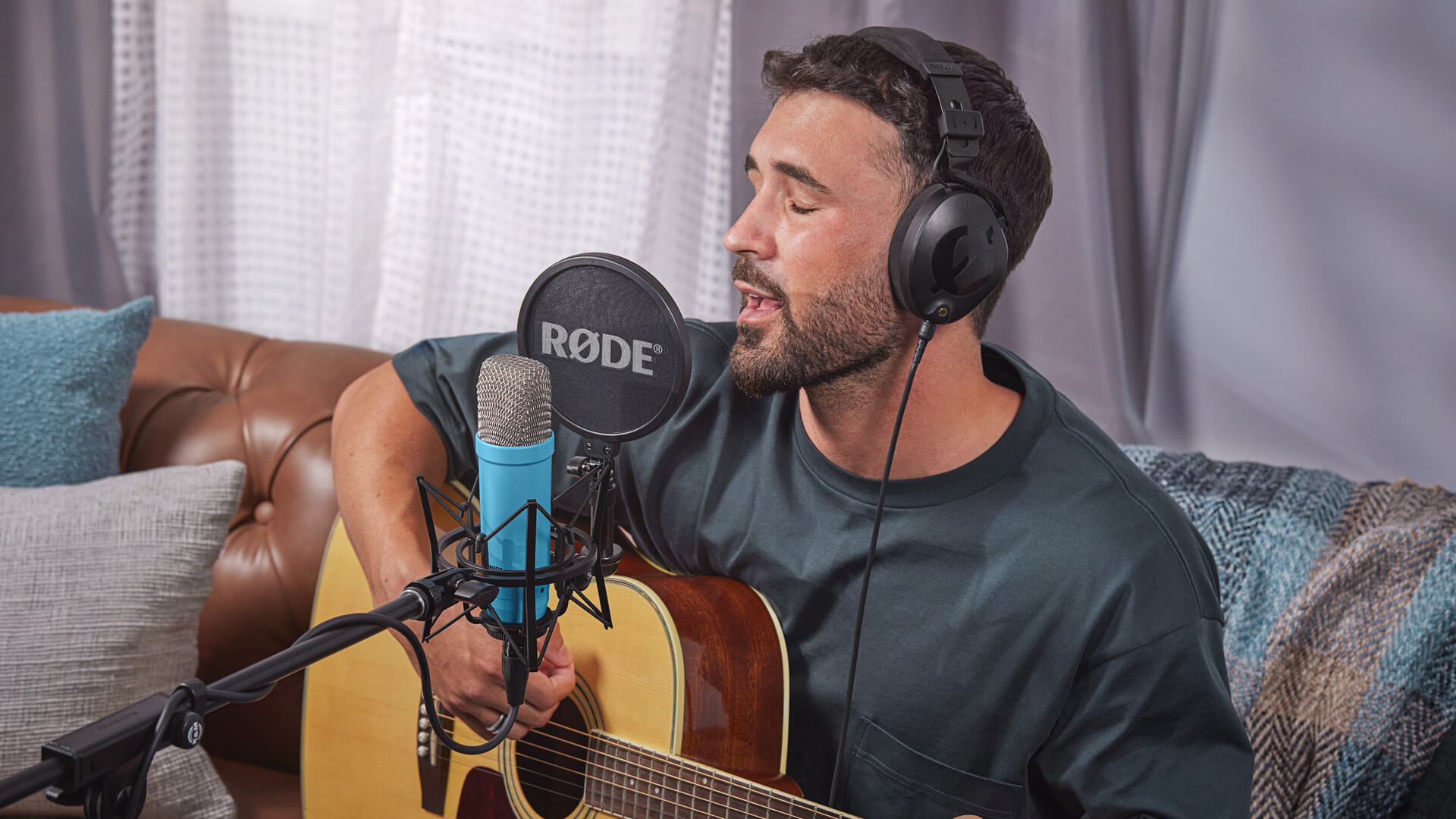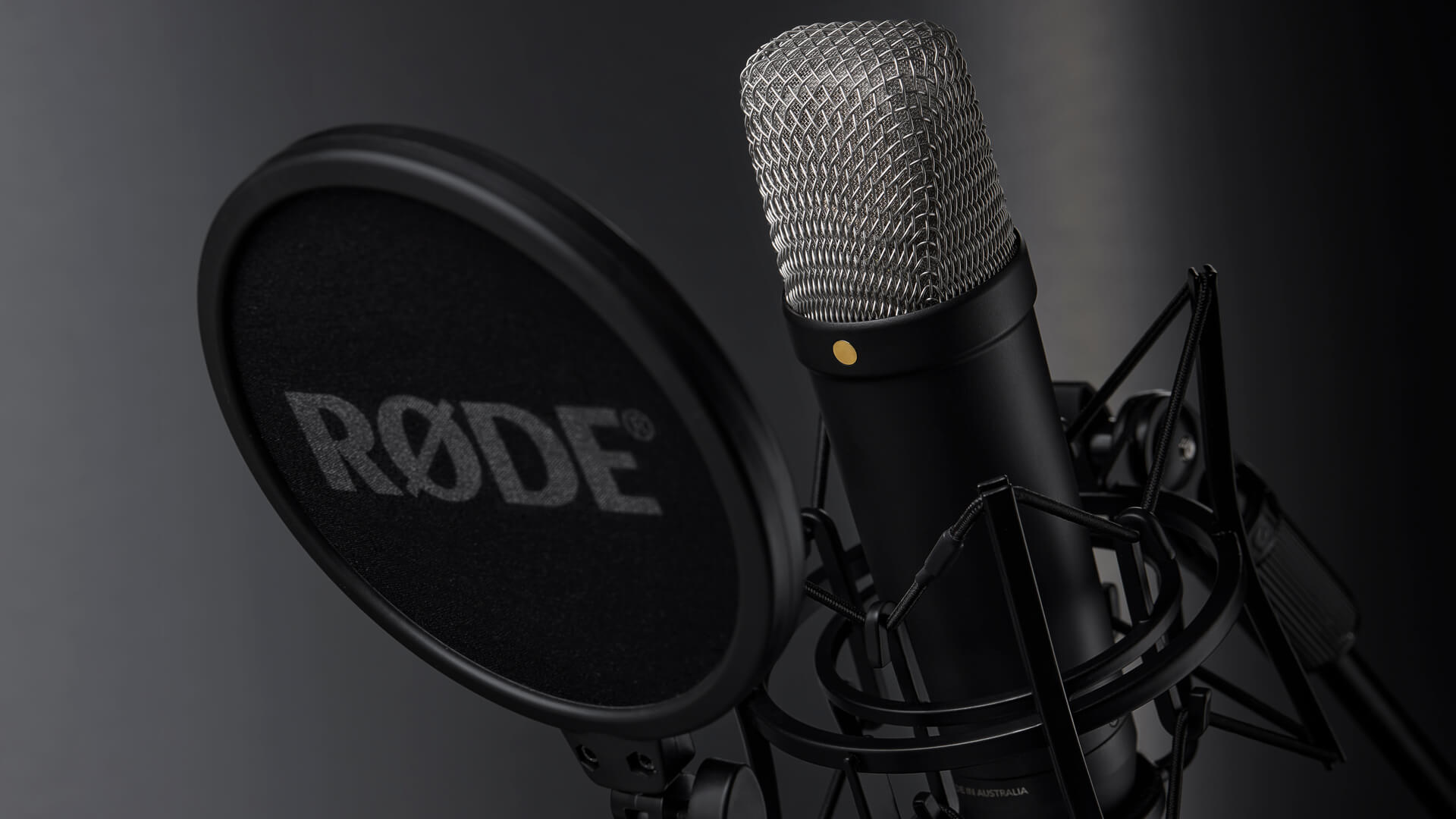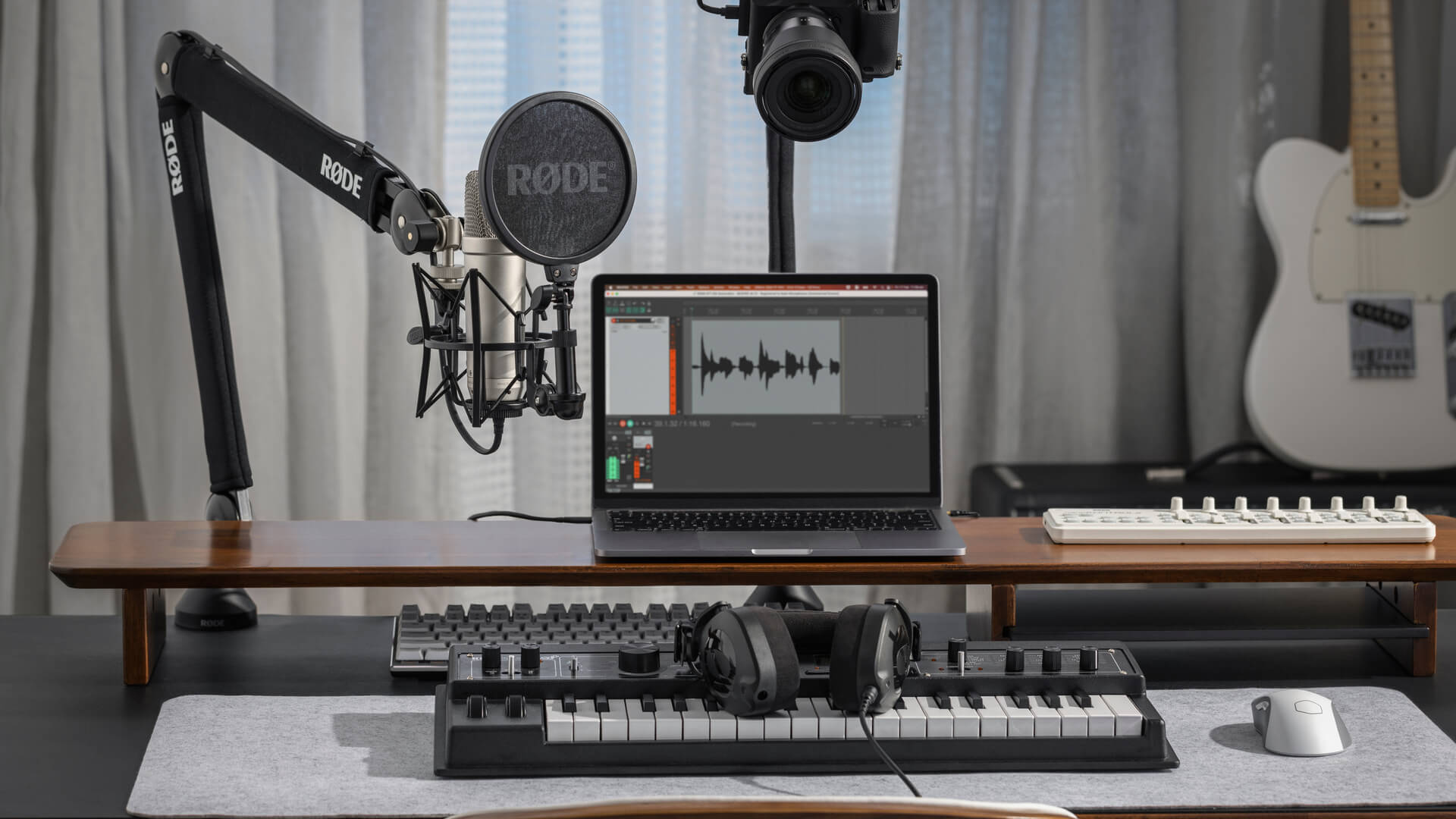Creative Effects
After you’ve done some basic processing to clean up your vocals, adding subtle effects can take them to the next level. We’ll cover some of the most commonly used effects on vocals: reverb, delay, and double tracking.
Reverb adds space and depth to your vocals, creating an ambience that can make the singer sound like they’re in a small room, large hall, or infinite cosmic void. While it’s tempting to go over the top with reverb, if used in moderation, it can make your vocals stand out more in the mix.
Delay is an effect that adds an ‘echo’ or repetition of your vocals at set intervals, (typically synchronised to the tempo of the song) to fill the spaces in-between lines and add richness and texture to the overall vocal sound. Like reverb, it’s tempting to go all out with delay, but a small amount with low repeats can add a lot of character to your vocals without losing their punch and clarity.
Double-tracking is an effect that can give your vocals a fuller, wider and more dynamic sound by taking advantage of the stereo field. One way to achieve this effect is to record multiple takes of your vocal performance and layer them in your DAW, panning each take more to the left or right. This creates a chorus effect that can add richness and depth to your vocal mix – this is especially powerful on backing vocal arrangements.
Of course all of these effects are open to personal taste and will vary a lot with the style and genre of the music you’re producing, so feel free to experiment with them to find the right blend that enhances your vocal performance without overdoing it.
There you go! With the right gear, recording space, technique, and with some basic processing and effects, you can record studio-quality vocals at home.
Check out our range of studio condenser microphones, audio interfaces and mixers to start kitting out your home recording setup.



